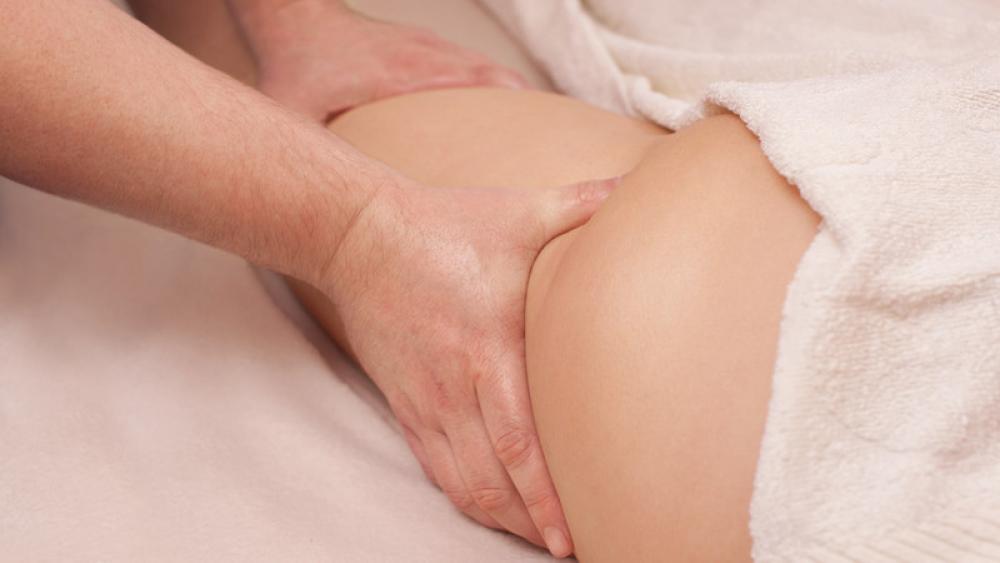




Today's Medicine
What You May Not Know About Lymphedema
Published: March 7, 2023

A System Designed To Keep You healthy
Hidden inside your body is a very complex system that helps keep your body’s health in check. Your lymphatic system consists of lymph nodes, organs and a network of vessels similar to your circulatory system. But instead of blood, the lymphatic system transports a fluid called “lymph” from your tissues into your blood system.
You may not have heard of lymph, but it’s likely you’ve seen it. Ever gotten a scrape that oozes clear fluid? That’s lymph. It moves through the body’s tissues “cleaning up,” collecting cell waste, toxins, germs and even cancer cells. The fluid is drawn into the vessels and directed toward lymph nodes. These nodes act as filters, removing all the “garbage” before the fluid is dumped back into the blood system. Fun fact: There are anywhere from 600 to 900 lymph nodes in your body working to keep you healthy!
As with most of your body’s systems, it works so well we don’t ever give it a thought. But when it doesn’t work, that’s when we start to see some big problems pretty quickly.
What Is Lymphedema?
Lymphedema is a swelling caused by a buildup of fluid in our tissues. It happens when the lymphatic system is either faulty or damaged.
There are a few things that can cause that damage, but in the Methodist Lymphedema Program, the most common is surgical removal or radiation of lymph nodes as part of cancer treatment. The body can’t find a new route to move lymph around the damage, causing the fluid to build up and the area to swell – sometimes quite dramatically.
An estimated two out of every five breast cancer patients will develop lymphedema within five years of treatment. Lymphedema resulting from prostate cancer, head and neck cancers and melanoma is also on the rise. In fact, it can result from the treatment of any cancer where lymph nodes have been removed or radiated. Venous disorders can also contribute to the development of lymphedema in the legs.
Treatments Reduce Swelling
There's no cure for lymphedema, but there are effective ways to treat it. Without it, patients are at increased risk for complications and disability.
At Methodist, specially trained and certified physical and occupational therapists incorporate manual lymph drainage, a technique to help move the fluid from the swollen tissues into the lymphatic system using “detours” around the damaged areas. This basically encourages the lymph to take another route.
Compression is an equally important part of the treatment process. Special compression bandages are used to help reduce swelling. Compression garments, such as sleeves and stockings, are used to keep the swelling from returning.
Treatments may also include:
- An exercise program
- Precautions and/or a special skin-care program to prevent infection
- Patient education
- Continued follow-up and support
The Earlier, the Better
When it comes to lymphatic swelling, the earlier the problem is addressed, the better the outcome will be. Once the swelling stays in one spot for too long, the proteins present in the fluid can form a network and cause the swelling to become firm. Once this stage is reached, it becomes much more difficult to treat and may become irreversible.
If your doctor says you may be at risk for developing lymphedema, watch for signs of swelling. Know the risks and when to ask for help. When choosing a therapist, be sure they're certified in the appropriate training.
More Resources
- To learn more about lymphedema therapy at Methodist, call (402) 354-4670.
- Learn how to manage lymphedema during the hot summer months.


